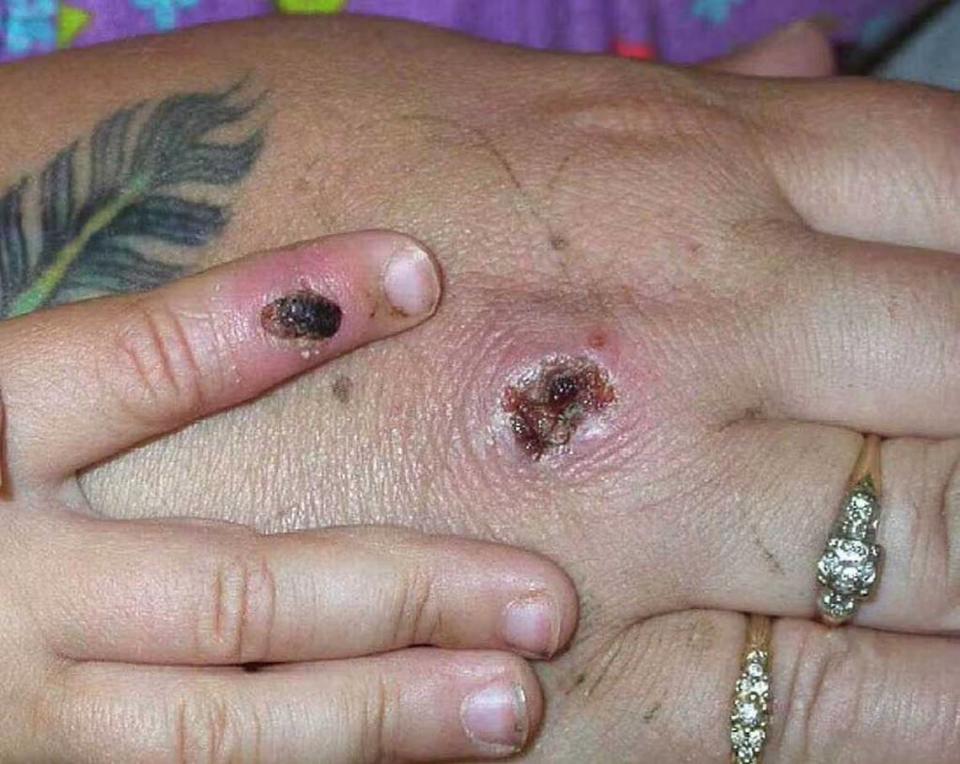CDC anticipates undetected U.S. cases of monkeypox, but experts believe risks are low
The Centers for Disease Control and Prevention announced last week that there are likely undetected cases of West African monkeypox infections in the United States, but both the organization and the Washington State Department of Health maintain that people’s health risk is low.
In a June 14 health alert, the CDC expressed concern that the virus could be spreading faster than health authorities can detect it. Global public health systems have detected cases, whose hallmark symptom is a rash with blisters resembling large pimples, among people who are not from or have not recently visited countries with histories of frequent cases. The health alert said that this trend broadly “suggests person-to-person community spread”.
When the health alert was released, the CDC had identified 65 cases in the United States. That number had increased to 155 as of Wednesday, June 22.
Despite the increase, state health department officials believe there is little evidence for community spread among the state’s residents. Scott Lindquist, the department’s state epidemiologist for communicable diseases, said in an interview with The News Tribune there are currently four probable cases in the state. At least three of the individuals had traveled to countries with higher detected counts.
“They’re not related to each other,” Lindquist said. “These cases appear to have been exposed at high-risk situations outside the United States.
“We have not seen [monkeypox] transmitted from the cases to their close contacts, and we’re monitoring them every day.”
Monkeypox can spread through the air like COVID-19, but Linquist believes all four Washington cases have been acquired from physical contact with either a person who has monkeypox or a monkeypox-contaminated object.

According to Lindquist, the largest risk factors for the virus are being exposed to someone with it and traveling to a country that has either a history of endemic monkeypox or a high current case count. If someone has been exposed and has an unexplained rash, Linquist recommends seeking a diagnostic test from a medical provider.
The CDC has hypothesized that sexual activity is one way the virus has spread, as some rashes in the outbreak have presented in genital and anal regions. Lindquist said monkeypox rashes in those regions usually will be obvious, and it’s important for people to self-monitor before sexual activity.
At a global level, the World Health Organization designated the risk monkeypox poses as moderate. While countries have detected case clusters in unexpected geographical regions, the mortality from the outbreaks has been relatively low.
For now, Lindquist and his team plan to continue scanning the state for new cases and checking the close contacts of people who have tested positive.
“We’ve done close to two dozen tests, and we’ve only found four [cases],” he said. “I think we’re over-testing at this point, but I am willing to accept that we’re over-testing so that we don’t miss cases.”

